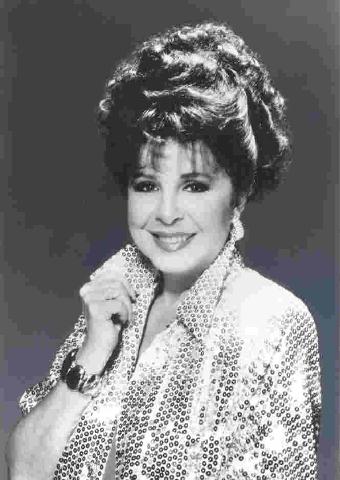I'm not including a picture with this post because I could not find any pictures of women making kiddush.
Every Shabbat (Sabbath), I volunteer
at the kids’ group at my shul (synagogue). After we finish the service,
Shabbat lunch is served. Traditionally, kiddush is made over wine or
grape juice before the meal begins. The rebbetzin (rabbi’s wife) who runs the group
at my shul always has a kid make the kiddush. Although this brakha
(blessing) is traditionally reserved for the patriarch of the family, the
rebbetzin allows both boys and girls to say kiddush.
During the summertime, the number
of participants at the group tends to dwindle. A few weeks ago, when there was
a particularly small turnout, the rebbetzin was hard-pressed to find a kid
willing to make kiddush. She approached her two younger grandsons, neither
of whom wanted to say kiddush. She then turned to her 8-year-old
granddaughter. “I’m not a boy,” her granddaughter pouted, refusing point-blank
to ever consider making kiddush.
Hearing her say “I’m not a boy” really
hurt me. I don’t even know why it took me by surprise. I know her family well,
and even though her parents are Modern Orthodox, they’re not terribly
interested in feminist issues. I’m sure she’s only ever seen her grandfather,
father, or other men doing kiddush. But still, it hurt me to know that
she was shutting herself out of Jewish ritual simply because of her sex.
Now that I think about it, my
rebbetzin’s granddaughter isn’t alone. When I was a kid, I also wouldn’t
participate in religious actions because I was a girl. I guess it’s something
that I do now, too. Growing up, I never even considered laying tefillin
(phylacteries) or wearing a yarmulke (skullcap). Why would I? Those were things
reserved for men. I had certainly never seen a woman doing either. Even now,
when I have the independence to lay tefillin or wear a yarmulke, I
don’t.
Why? Well…because I’m not a boy.
At the end of the day, I guess
that’s just what it boils down to, whether you’re 8 or 18 or 80. Normative halakha
and Orthodox society obligate only men in tefillin and yarmulke. If I
was a boy, I would have been laying tefillin since my bar mitzvah and wearing
a yarmulke since my hair was cut at age three. But I’m not, so I don’t.
It should be noted that this is a
two-way street, impacting men as well as women. My female friends and I grew up
knowing that we would never lay tefillin or wear yarmulkes, and my male
peers were raised knowing that they would never light candles to herald the
beginning of Shabbat or bake challah.
I felt so sad and upset when I
heard my rebbetzin’s granddaughter say “I’m not a boy.” Should it hurt me that
I’m saying the same thing? After all, it is pretty hypocritical of me to lament
the fact that she refuses to defy religious gender norms while I stay safely
within their boundaries. When all is said and done, I guess I’m not too
different than my rebbetzin’s granddaughter. She wouldn’t make kiddush because she’s not a
boy, and I don’t lay tefillin or wear a yarmulke because I’m not a boy.
In order to end my hypocrisy,
should I stop questioning these norms, or should I just go ahead and defy them?





